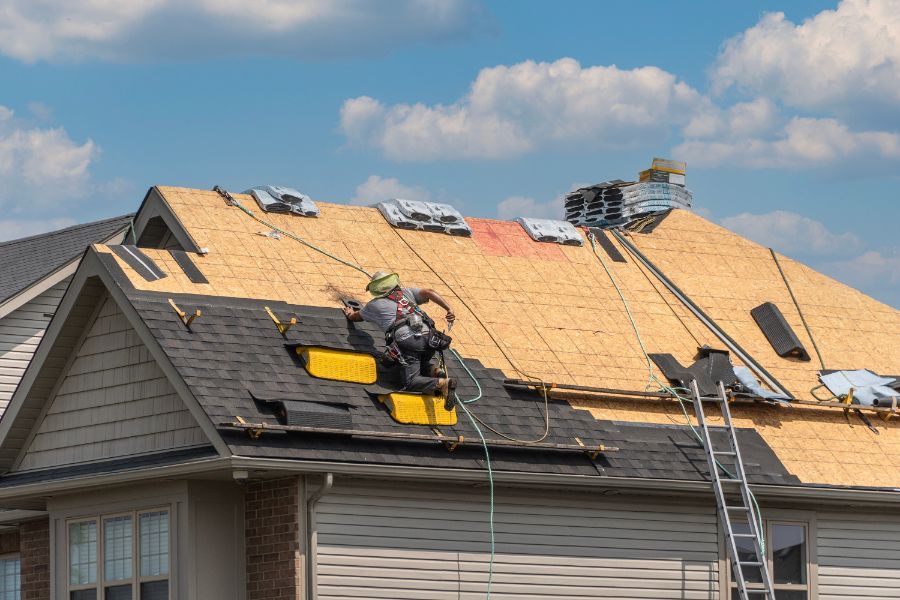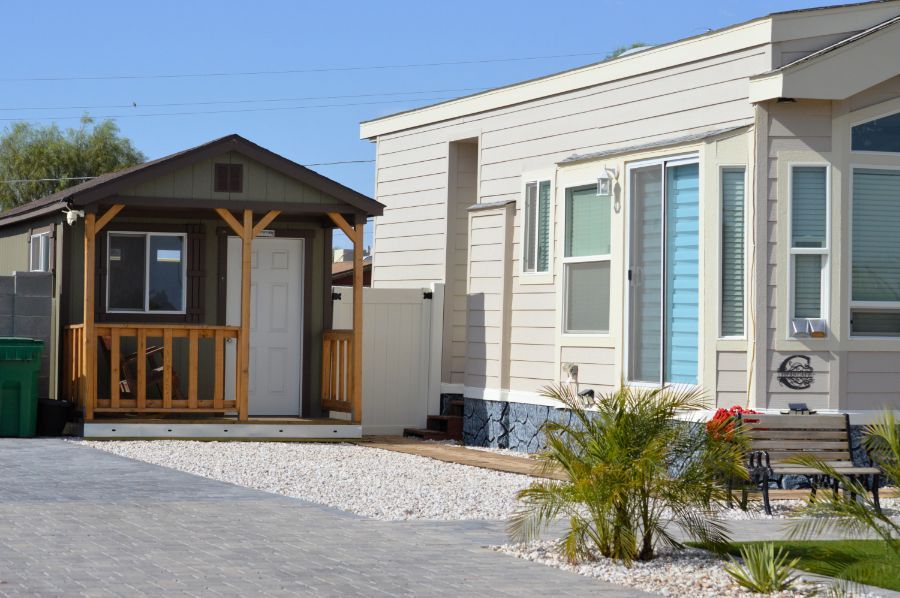5 Signs It's Time To Replace Your Rental's Roof

Your property’s roof is its first line of defense from the sun, rain, and wind. Which means it will eventually wear out. Many landlords overlook this since a roof is generally designed to last twenty or so years, and they simply forget until the signs begin to show.
Below, we’ve compiled a short list of five signs it’s time to replace your roof for when doing property inspections.
Tenant Complaints
When your roof has become damaged, your tenants will likely be the first to notice. When tenants report water stains on the walls and ceilings, it's a sign that you should inspect your roof. In severe cases, your tenant may notice water dripping from roof leaks. This moisture, if left unchecked, can lead to the growth of mold and mildew, which can be a health concern for your tenants.
Some tenants simply move out, assuming the odors or recurring respiratory issues are caused by the rental and not just the roof. This leaves you with a vacancy to manage, and if you’re unable to find the leak during this period, the following tenant may have a negative experience as well. Many landlords have found it beneficial to have property inspections regularly in order to preserve both the property’s value and the tenant’s trust.
Roof’s Age
Even with the highest quality materials, a roof still has a shelf life. Most roofs in Long Beach, CA, use asphalt shingles, and these generally last around twenty to twenty-five years. Once they've passed this threshold, the faults begin to show themselves. A sagging roof line is a sign that your roof is due to be replaced, as it's a serious concern. It often indicates that moisture has entered the underlying decking and caused some structural damage.
From ground level, you may not be able to notice these problems. However, during an inspection of the property, an experienced inspector should be able to notice soft spots or contours on the roof. These forms of damage often get worse over time. Coordinating these inspections and preventative maintenance can be difficult for landlords with an extensive portfolio, which is why many enlist help.
Shingle Damage
Damaged shingles are one of the most obvious signs that your roof is deteriorating. If you ever notice cracking, curling, or patches with missing shingles, the roof is no longer providing adequate protection to your property. Although you can buy time with spot repairs, if the entire roof shows signs of damage, it’s likely time to replace the roof.
Aside from protecting your property, the roof affects your property’s curb appeal. A patchy and worn-out roof can drive down the rental appeal. Prospective tenants will easily be able to spot the differences between pictures taken in the listing when compared to the property in person. This can not only hurt your chances of filling a vacancy, but it can also hurt your reputation as a landlord.
Granules in Gutters
After heavy rainfall, it's a good idea to inspect your rain gutters. If you or your property manager notice large amounts of black or gray granules, it means your roof shingles are breaking down. These granules are critical for shedding water off the roof. Once the granules fall off the shingle, the shingle begins to degrade faster under the sun and elements.
If you’re not sure how old your roof may be, Loss of granules can be a strong indicator that your roof is nearing the end of its lifespan. Regular gutter cleaning and roof inspections can help catch these problems early before they become
expensive repairs.
Increase in Utility Bills
Your tenants complaining about their utility bills increasing or poor temperature control in the rental may not realize the roof is to blame. A failing roof can result in subpar insulation and ventilation. This can lead to higher heating and cooling bills for your tenant. This can be frustrating for your tenants while putting more strain on the HVAC system. This puts more wear and tear on your HVAC system.
Being aware of the warning signs and being proactive can protect your rental property, maintain
tenant satisfaction, and avoid emergency repairs. If you need help inspecting your roof or you need help managing your Beach City rental property, we invite you to call us today at (562) 888-0247 or complete our
Owner Application online.





